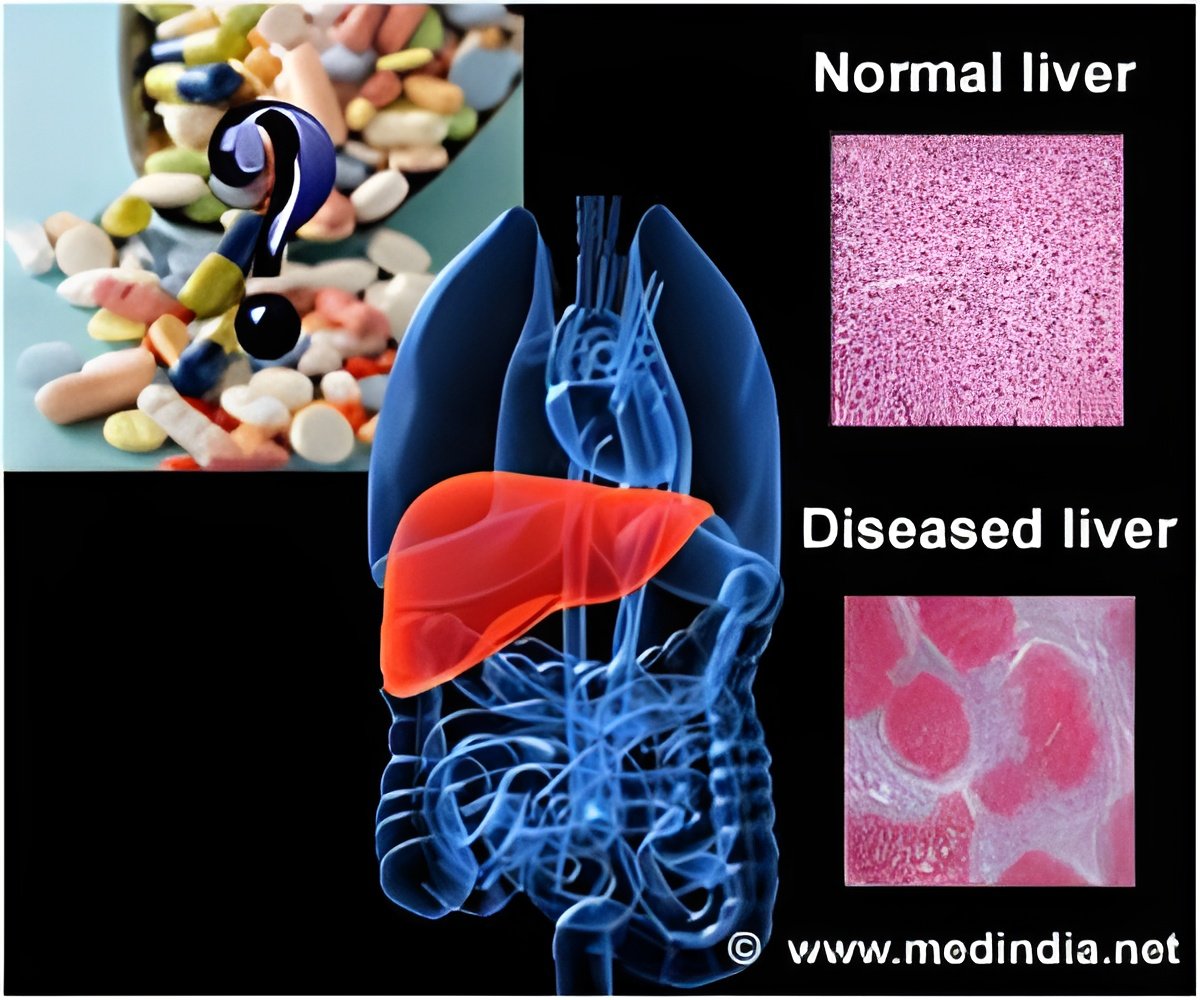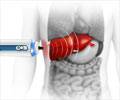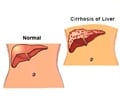Harmful drinking rates could be reduced by a simple 'traffic light' test that detects hidden liver fibrosis and cirrhosis in high risk populations.

Published in the October 2013 issue of the British Journal of General Practice (BJGP), the STL appeared to help reduce drinking rates in people with the highest risk of liver disease.
Liver disease develops silently without symptoms, and many people have no idea they have liver failure until it is too late – one third of people admitted to hospital with end-stage liver disease die within the first few months. However, a simple test available in primary care could diagnose disease much earlier, enabling those at risk to change their behaviour and save lives.
The STL test combines several different tests and clinical markers which are given a score that indicates the patient's likelihood of developing liver fibrosis and liver cirrhosis.*
The result comes in three colours: red means that the patient probably has liver scarring (fibrosis) and may even have cirrhosis, green means that there is no cirrhosis and the patient is highly unlikely to die from liver disease over the next five years. Amber means there is at least a 50:50 chance of scarring and patients are advised to reduce or avoid drinking to avert further disease progression.
During the study, funded by the National Institute for Health Research (NIHR) Research for Patient Benefit Programme, the STL test was used on 393 heavy drinkers identified through a questionnaire administered by their GP surgery. Results from the test showed there were 45 (12 per cent) red patients, 157 (40 per cent) amber and 191 (49 per cent) green. In the vast majority of patients (75 per cent) with a red test, the usual panel of liver blood tests were entirely normal, so there was no way that GPs would have been able to pick up the hidden liver disease and warn their patients of the impending problem.
Advertisement
Dr Nick Sheron, lead author and Head of Clinical Hepatology at the University of Southampton, and consultant hepatologist at Southampton General Hospital, said: "Patients are developing alcohol-related liver disease in the community but it is not being picked up until they are admitted to hospital, by which time it is too late for many of them. Since 1996 there have been about 4,000 admissions to Southampton General Hospital with cirrhosis and 75 per cent of them won't have known they had it.
Advertisement
Study co-author and GP Dr Michael Moore said: "Liver death rates in the UK have doubled over the last 15 years mostly attributed to consumption of alcohol. Liver disease is a silent killer. In primary care, minor abnormalities of existing liver tests are quite common but we struggle to know how best to investigate these further and who warrants specialist intervention. The traffic light test has the advantage of highlighting those at highest risk who should be investigated further and those in whom the risk is much lower where a watchful approach is more appropriate. Alcohol has harmful effects other than on the liver and of course we recommend to all those drinking at hazardous levels to cut down. Using this test appears to provide additional motivation to those at greatest risk of liver disease."
Source-Eurekalert














